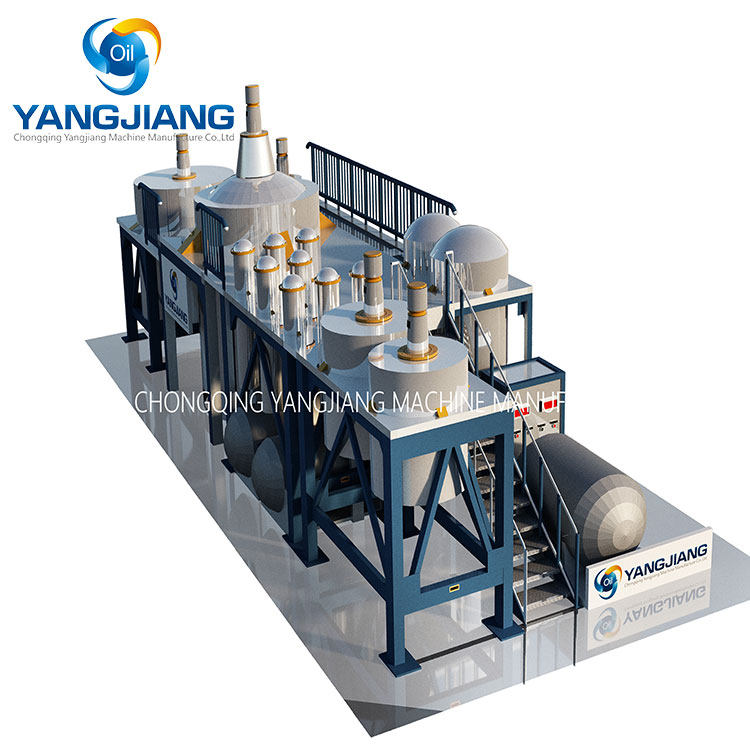

2022-02-21
Engine oil, namely engine lubricating oil, is known as the "blood" of automobiles, which can lubricate, clean, cool, seal, and reduce wear of the engine. The amount of oil consumed every year in the world is not huge, so the question is, where does the used oil go? This article will discuss this issue.

Engine oil, namely engine lubricating oil, is known as the "blood" of automobiles, which can lubricate, clean, cool, seal, and reduce wear of the engine. The engine is the heart of the car. There are many metal surfaces in the engine that are rubbing against each other. These parts move at high speed and in a poor environment, and the operating temperature can reach 400°C to 600°C. Under such harsh working conditions, only qualified lubricating oil can reduce the wear of engine parts and prolong the service life. Engine oil consists of base oil and additives. Base oil is the main component of lubricating oil, which determines the basic properties of lubricating oil. Additives can make up and improve the deficiencies in the performance of base oil, endow some new properties, and are an important part of lubricating oil.

In Yangjiang, we refine and reprocess the waste oil through reprocessing. After processing, the waste oil will become a clean energy source that can be used again in a new form.
chemical catalyst treatment of oil, the oil will not be cracked even it is heated up to 400 degrees in the atmosphere. (in the atmosphere, without the treatment, the oil starts to be cracked at 300 degrees, which declines the quality of recycled oil and recovery rate).
oil is distilled out around 220°C-300°C, and heavy base oil distills out during 300°C -330°C. Finally, the process ends when the residual material in the waste oil does not vaporize. At this point, the Heating in the distillation process is stopped and the process is essentially complete. We can pump oil residual out to use as bitumen and heavy fuel oil.

The treated oil can be reused as clean energy. If you are interested in our Waste Oil To Diesel Refinery Machine or our waste oil recycling technology, you are welcome to contact us. We are Yangjiang, an expert-level waste oil recycling machine supplier.